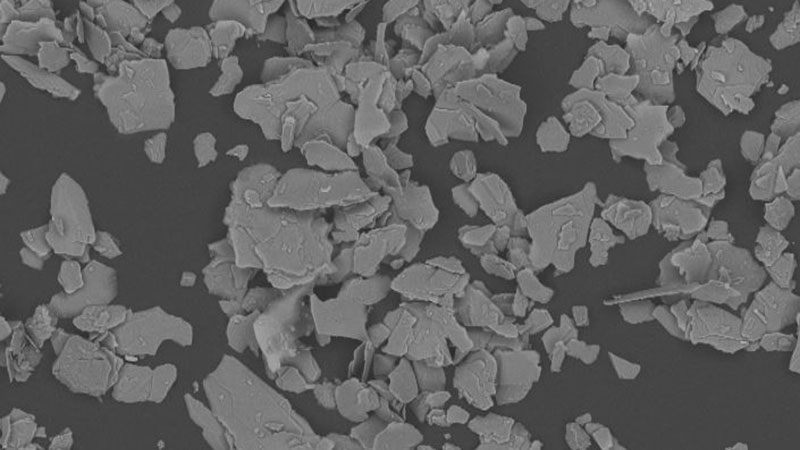Published:

Geoscientists from Heriot-Watt University in Edinburgh, the University of Liverpool and Utrecht University have developed a new equation that could improve how earthquakes are predicted.
Earthquakes happen in fault zones in the Earth’s crust, like the famous San Andreas Fault, but small earthquakes even happen in the UK.
Dr Sabine den Hartog from the Lyell Centre, a strategic partnership between Heriot-Watt University and the British Geological Survey, has published a model that can help geophysicists better understand the behaviour of seismically active faults.
Earthquakes happen during movement along faults since these represent the weakest parts of the crust, and are often rich in phyllosilicates, a weak type of mineral that consists of tiny, very thin plates.
Earthquake scientists frequently recreate movement along simulated faults in their laboratories to try to understand the processes happening at the microscale that lead to earthquakes.
While experiments have helped scientists understand fault motion and earthquakes much better, they are limited because it is difficult to reproduce the extreme conditions present at depth in the Earth’s crust via laboratory experiments.
Dr den Hartog and her collaborators from the University of Liverpool and Utrecht University wanted to be able to predict the frictional strength of the phyllosilicates rather than to rely on laboratory experiments. The frictional strength is the force needed to cause movement along a fault.
Dr den Hartog said: “Fault zones usually move at locations with a high concentration of phyllosilicates.
“We’ve created a model so that we can predict the frictional strength of phyllosilicates under conditions that cannot be attained in the lab.
“We analysed artificial fault zones on the microscopic scale to identify the processes that happened during the experiment, like the splitting of the platy phyllosilicate minerals.
“Based on that, we formulated a set of equations to predict how the frictional strength of phyllosilicates changes with a change in conditions such as the humidity or the speed of fault movement. This allows prediction at conditions that are not accessible in the laboratory, making it much easier for modellers to simulate fault movement at natural conditions, including earthquakes.
“Our model predicts that movement along phyllosilicate-rich fault zones becomes more difficult as the movement goes faster, which is consistent with experiments. This behaviour tends to inhibit earthquakes and suggests that ,while phyllosilicates are weak and favour silent fault motion, other minerals than phyllosilicates are important to cause earthquakes.”
Dr den Hartog said further research is needed to improve the model and be able to predict all experimental trends. “We couldn’t explain the relation between the forces that clamp faults from slipping versus those that can activate fault motion, so there is still work to be done in this area.”
The findings were published in the Journal of Geophysical Research: Solid Earth.
This project has received funding from the European Union’s Horizon 2020 Research and Innovation Programme under the Marie Sklodowska-Curie Grant agreement 658464.